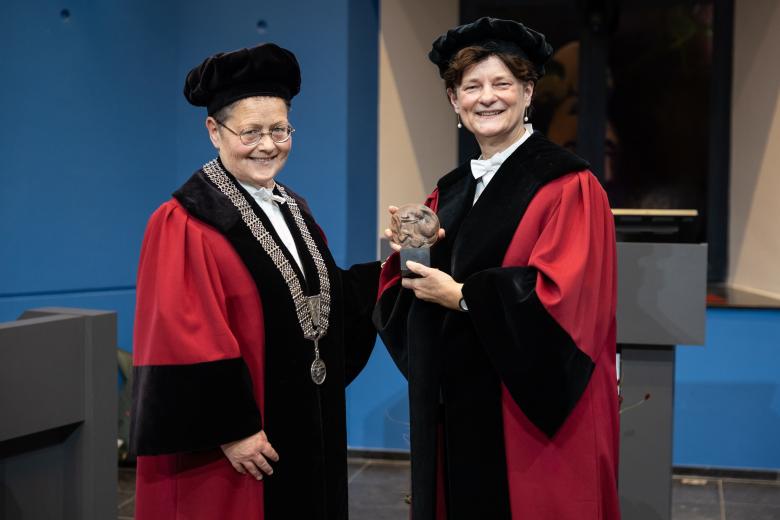Innovative stem cell therapy offers hope for restoring muscle strength in rare, inherited muscle disorders
A consortium led by scientists from Maastricht UMC+ is starting clinical trials for an innovative stem cell therapy against genetic muscle disorders and muscle wasting in the elderly, among others. On July 13 and 28, the first two patients with a hereditary muscle disorder of the energy metabolism will receive healthy muscle stem cells from the body. It is the first ever trial worldwide using such stem cells for systemic induction of muscle mass. This offers hope for countless patients in the search for a treatment for hereditary and often very rare diseases.
Under the name Generate Your Muscle (GYM), the researchers want to promote the creation of muscle mass and tissue by using healthy, body-own muscle stem cells. According to the scientists, the use of the body's own muscle stem cells has the great advantage of avoiding the necessary risks associated with the transplantation of donor cells. The uniqueness of the trial is further that although the patients have an inherited muscle disorder of energy metabolism, their muscle stem cells have virtually no hereditary defect. These stem cells can therefore be used directly as therapy. The clinical trial must demonstrate the safety of the treatment and will provide an initial picture of the effectiveness of the procedure.
Also read
-
Prof. dr. Mirjam oude Egbrink awarded MUMC+-medal
During her farewell lecture on Friday, 28 November, Prof. Mirjam Oude Egbrink was awarded the MUMC+ medal by Dean Annemie Schols for her distinguished career.
-
Neuroscience project by UM and Radboud University wins Computable Award
The project ‘Advanced Neural Control to Restore Brain Function’ won the Computable Award 2025 for best healthcare project.
-
A new wave of talent emerges from the School of Business and Economics
On Sunday, November 30, 2025, the Maastricht University School of Business and Economics (SBE) proudly celebrated the achievements of over 1,461 graduates from both bachelor’s and master’s programs. The festive ceremony took place at the MECC Maastricht and marked a significant milestone for the SBE